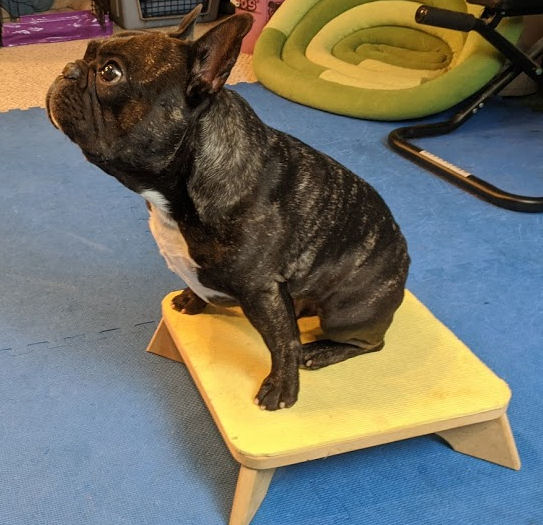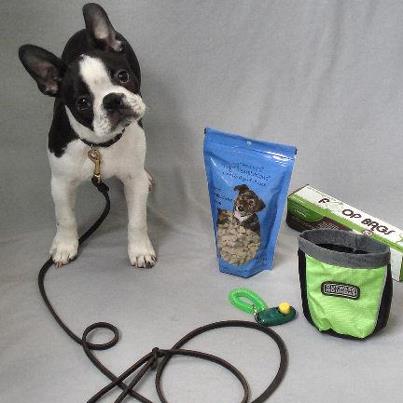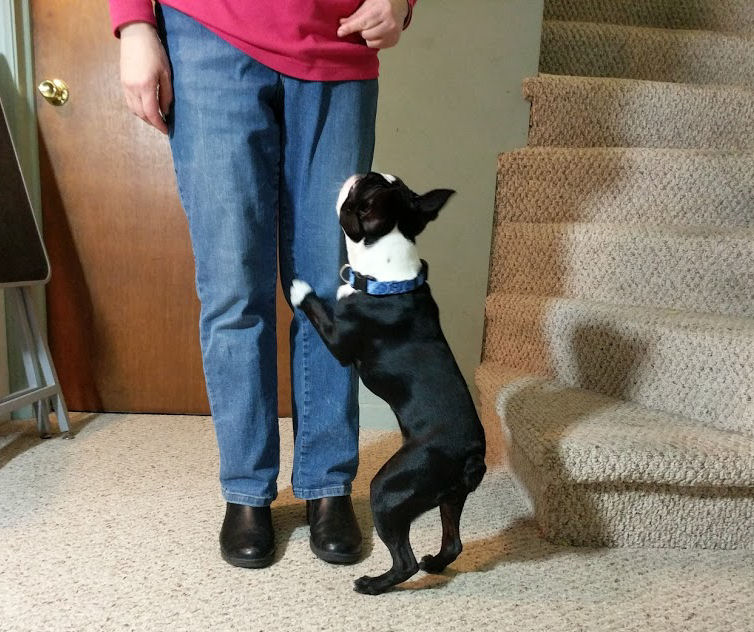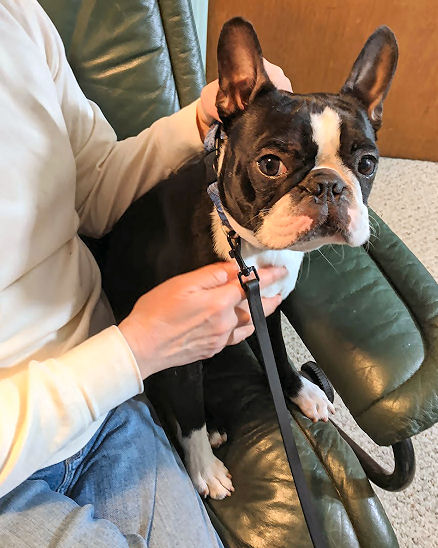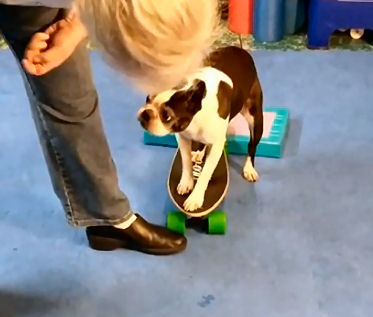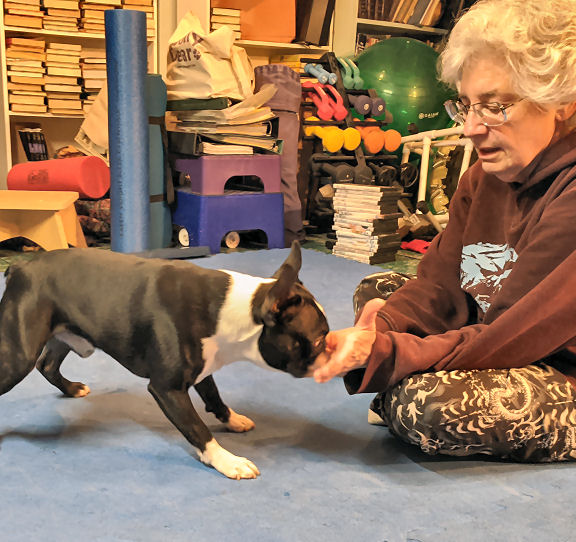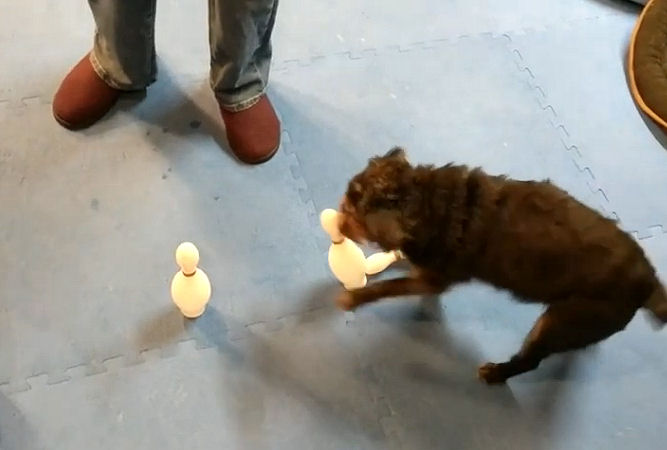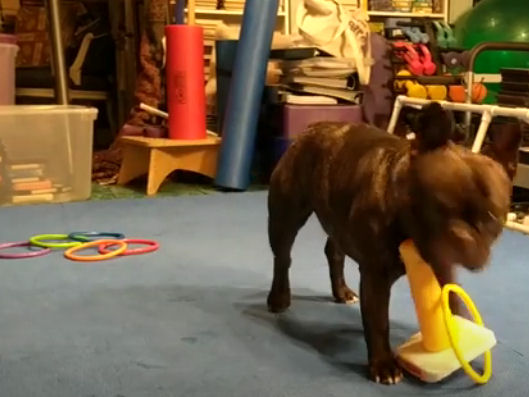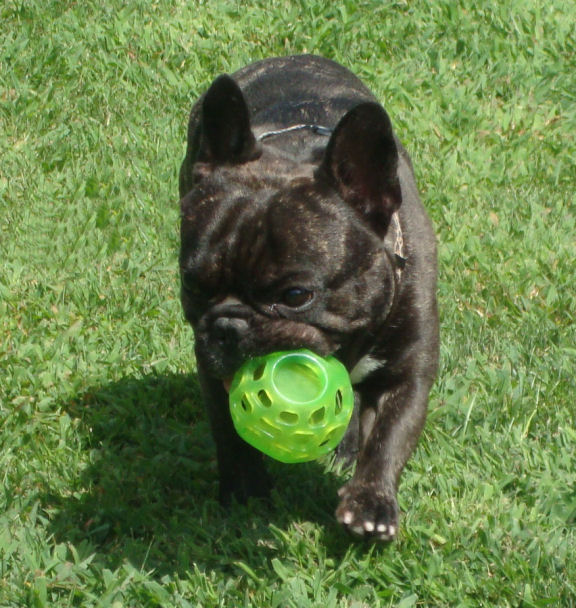Don’t fix your dog. It’s probably not worth the effort. Instead, reimagine and start over!
In our “throw away” society, we’re used to the fact that it’s often better to buy something new than fix the old, broken thing. We’re not debating the merits of renew, reuse, recycle. We’re tree-huggers from way back. But in this case we’re looking at the issue from a strictly economic point of view. It makes no sense to pay for an appliance repair that costs more than half the price of a new unit.
Dogs, however, are not things. They are not disposable. Our commitment to our dogs is based on emotion, not economics. Our dogs are worth the investment of our time and energy to “fix” the things that aren’t working. But instead of changing what’s already there – we’re going to reimagine and reinvent. Don’t fix your dog. Start over!
New is easier
When it comes to dog training, it’s much easier to teach your dog something new than to change an already-ingrained behavior. Habit is one of the most powerful forces in the universe and it’s tough to change. Our own habits, as well as our dogs’. But, with patience and consistency, it can be done. We talked about patience just last week with Dogs need processing time, too!
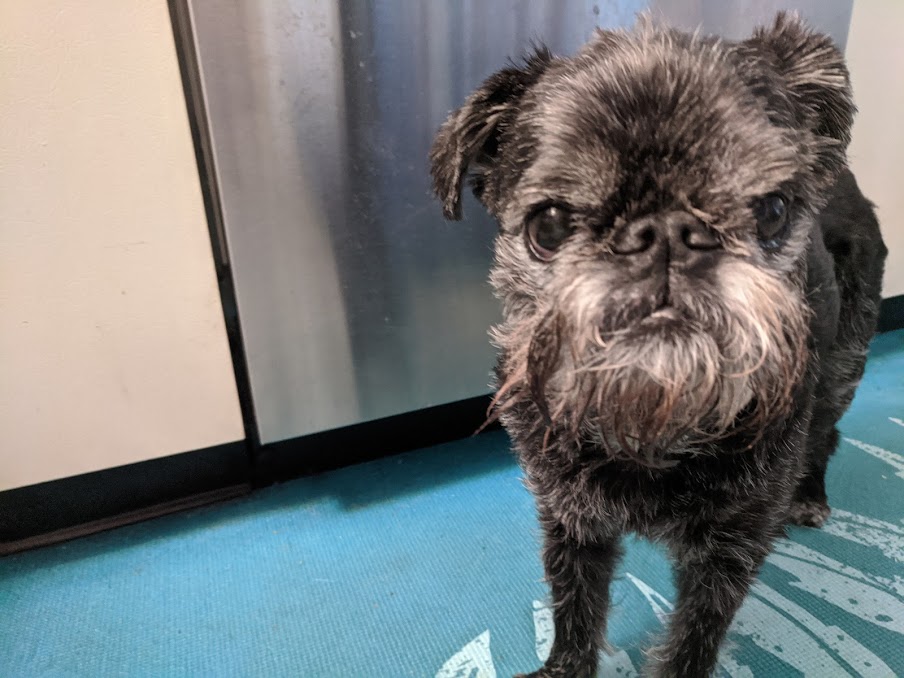
Let’s talk about Tango, Fran’s now-12-year-old Brussels Griffon. He came with a myriad of issues, including overt aggression toward both people and dogs, documented in Fran’s book, Tango: Transforming My Hellhound.
Once Tango turned the corner and was able to participate in dog sports, Fran faced an entirely different situation with him. When playing agility, both in training and in competition, Tango wouldn’t move off the start line. His “release cue” – the signal that “stay” was over and it was time to move – was broken.
Try and try again
Fran went back to the basics of the stay and release training games. Multiple sessions with no substantial change. Tango just wasn’t responding to his long-established “go” command.
Rather than continue in the frustrating cycle, we realized the word Fran was using had, somehow, become permanently tainted in Tango’s mind. We don’t know what caused it, or how it happened. He’s a dog. He’ll never be able to explain it.
We fixed it by starting over. Fran chose a new word, “action,” instead of “go.” She started at the very beginning. And it worked.
Avoiding the issue
No, we didn’t fix the problem. But we found a way to work around it and made it go away. It’s much easier to try something new than to fix the broken thing, with dogs as well as appliances. Keep the dog. Toss the training that’s not working. Craft a new game to teach the “right” way to do whatever it is.
It’s always easier to teach a dog a new skill instead of changing an old habit. Whatever your dog’s annoying behavior is, try to think about it in a different way and devise a new approach to an old problem. Don’t fix your dog. Start over! Try a different approach to the issue.
Creativity is tough
In Tango’s case it was pretty simple, just teaching a different word for a behavior he already knew. The majority of dog training is building our dogs’ vocabularies and pairing those words with actions. Most dogs really want to do what you ask. They just may not understand what it is.
That’s why training games work. In short, focused sessions you can concentrate on a single word/action and phenomenally increase your connection and understanding with your dog.

